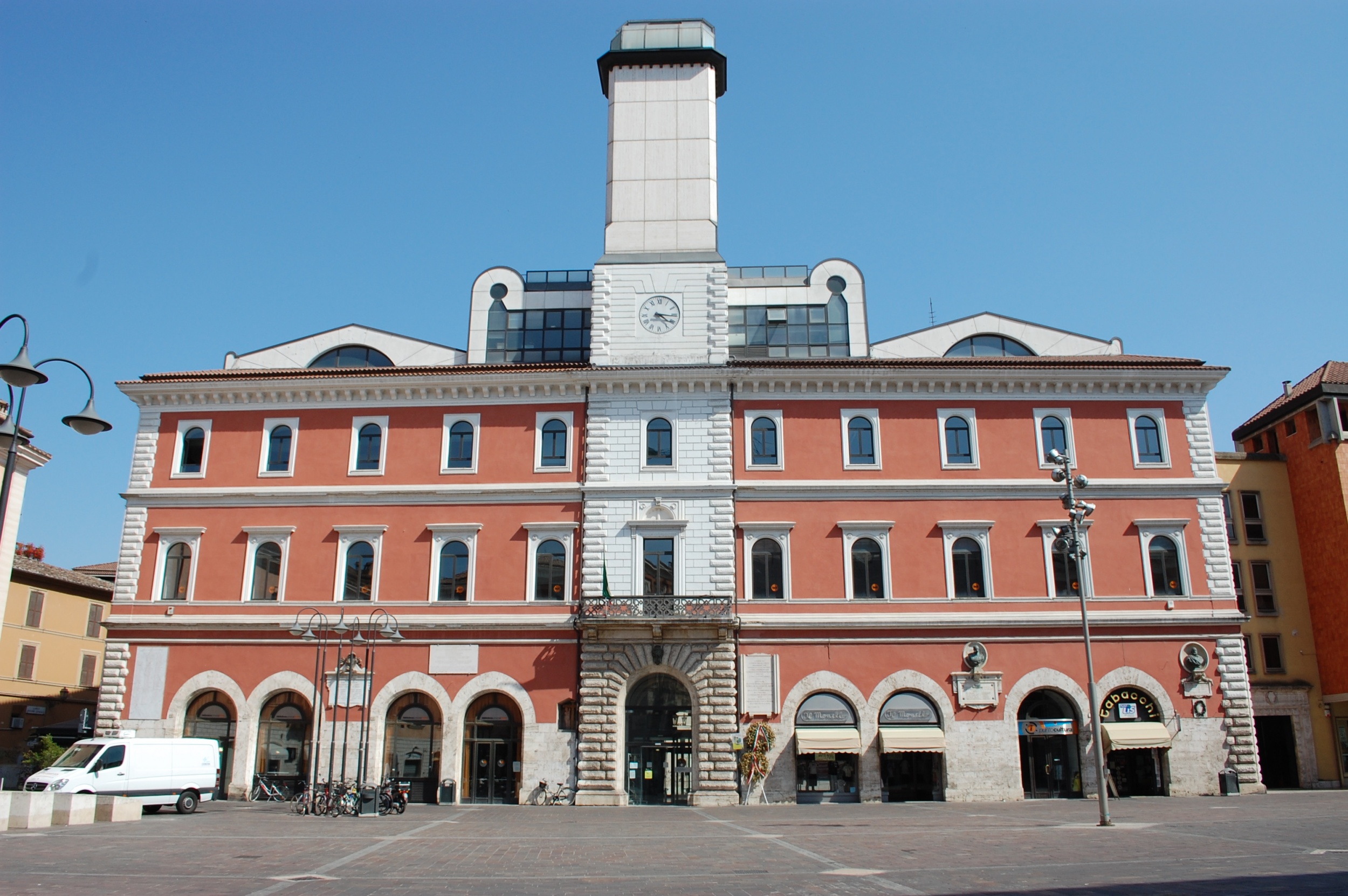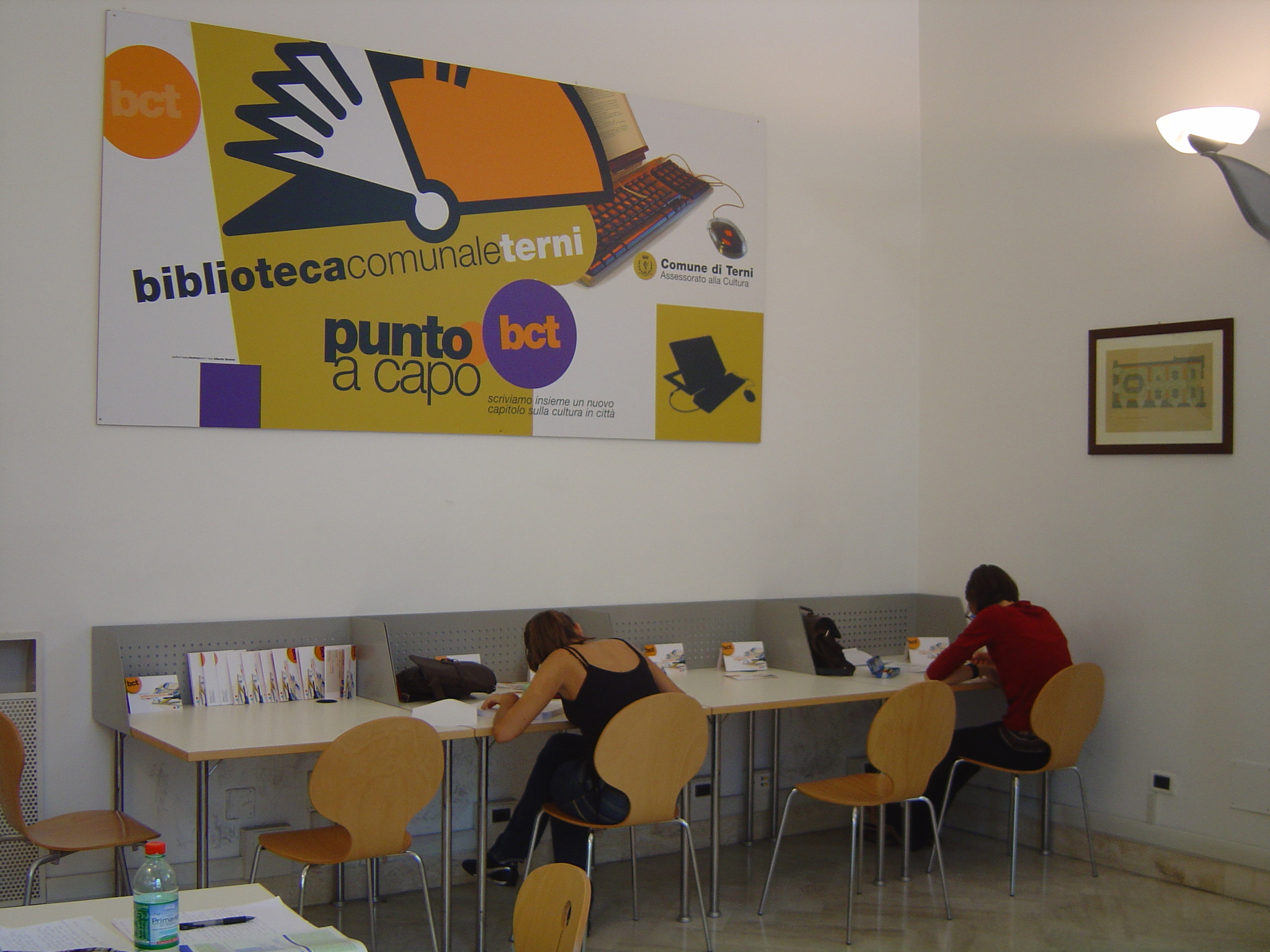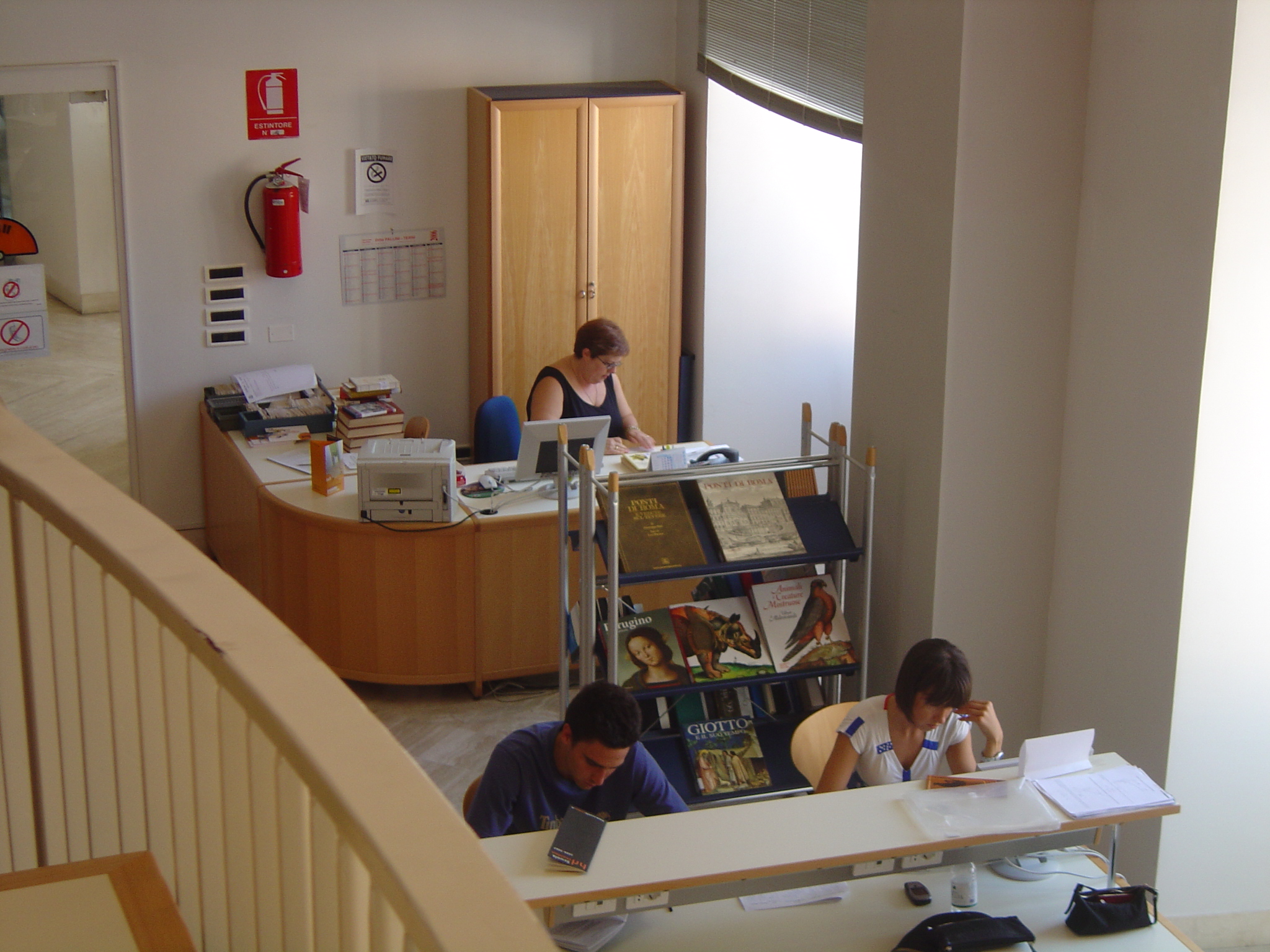European citizens do not participate equally in the Information society: in fact, the digital gap is moving down from infrastructures to uses. Based on this observation, local authorities in Europe have developed Digital Public Spaces (DPS) promoting e-inclusion.
Bct opened on January 20th 2004 with a promotional campaign which marked a shift from the past and the re-launch of a central asset whose redesign had been expected for more than ten years and which, untill then, had been used for other purposes. Following the example of other new multimedia libraries in Italy, Bct was set to provide new multimedia resources and services, which have so far proved to be fundamental in reaching important and advanced results.
The reorganization of the library and its relocation in a central refurbished venue represented an important opportunity for the City Council in that it helped devise its overall role and possibly redefine some new important features. Main factors behind Bct redesigning includes the analysis of community needs to which the service is provided, in order to meet expressed or latent needs of the customer/user and the most recent guidelines in public libraries, the latter including relevant/innovative updating and redefinition of a wide range of services offered to the public.
In the bct original concept the reader, his emotions and his curiosity are centre of attention. Right from the beginning Bct stressed on its being a public library, thus considering as its main objectives dissemination of knowledge and information to its whole local community.
One of the first priorities of Bct was to become a centre for reading promotion. The new information and communication technologies burst into traditional library services affecting both management services and its resources (local and remote): such process forced Bct to reorganize all its procedures, which are now fully digitalised.
As for its resources, Bct is, a multimedia library but the traditional functions - selection, acquisition, description, organization and conservation of materials- are still central, since they provide added value. Not only is Bct an audio-visual library, but it also intends to enhance all features and functions of multimedia technologies and to disseminate digital culture. Lifelong learning and distance learning are among its main objectives and in this field Bct intends to carry out e-learning activities and to experiment with virtual classrooms.
Bct pursues e-inclusion and innovation policies through a range of projects aimed at reducing digital divide and extending online services. Bct is part of MediaLibrary online (MLOL) (http://www.medialibrary.it), the first Italian network of digital public libraries as well as digital lending platform for Italian libraries (to manage licensing and copyright in digital lending services, to cooperate and share the costs of digital resources management). MLOL is a web portal that provides free access to a wide range of digital resources: music, films, e-books, daily newspapers, audio-books, digitalised book, images and much more, available for streaming or for downloading. It is also a portal of Digital Asset Management.
Bct provides advanced ICT tools and equipment as compensative software and training for people with learning disability, mainly dyslexia, with specific spaces located within the building chosen according to different users’ ages and needs. All material produced is also used by local schools students and not merely by children with dyslexia.
Another initiative is WI-FI Terni, a project developed by the ICT services of the City Council. Initially tested in Bct and in two central squares near the library, the initiative now covers various areas of the city, offering free Internet access four hours a day then representing a good chance to make the most of one’s professional and free time.
A last initiative is “Radio Frequency Services (RFID)” which represents an efficient anti-theft system and can be used for self borrowing and for an easier and faster library inventory. Library materials are equipped with RFID tags, which, if the materials are taken past the security gates without permission, trigger an alarm. Users are given a RFID card that entitles them both to self and staff-assisted borrowing. In order to reduce the digital divide and to teach people how to use technologies in their daily life as well as how to use library resources.
Bct weekly provides basic computer classes and an introduction to the use of the OPAC (open public access catalog). These activities take place in a multimedia classroom with 13 computers. Bct includes a hall for assisted web surfing where users while browsing on the net can at the same time have at their disposal professional staff that offers help and technical assistance as traditional “digital mediators”.
The public library has today a renewed role, central to the so-called "information society" which stresses on training on the use of new technologies, essential for the development of local community. Indeed the new library plays a central role for the city in that it addresses the needs for information, multimedia and reading of a diversified audience. In order to achieve the fundamental principle that guarantees the right of people to information and documentation.
Bct has removed all physical and cultural barriers granting equal opportunities and facilitating access to services also to disadvantaged citizens. Over the years and through an extensive and consolidated process it has also fostered the integration of different cultures and age groups constantly favoring socialization.






